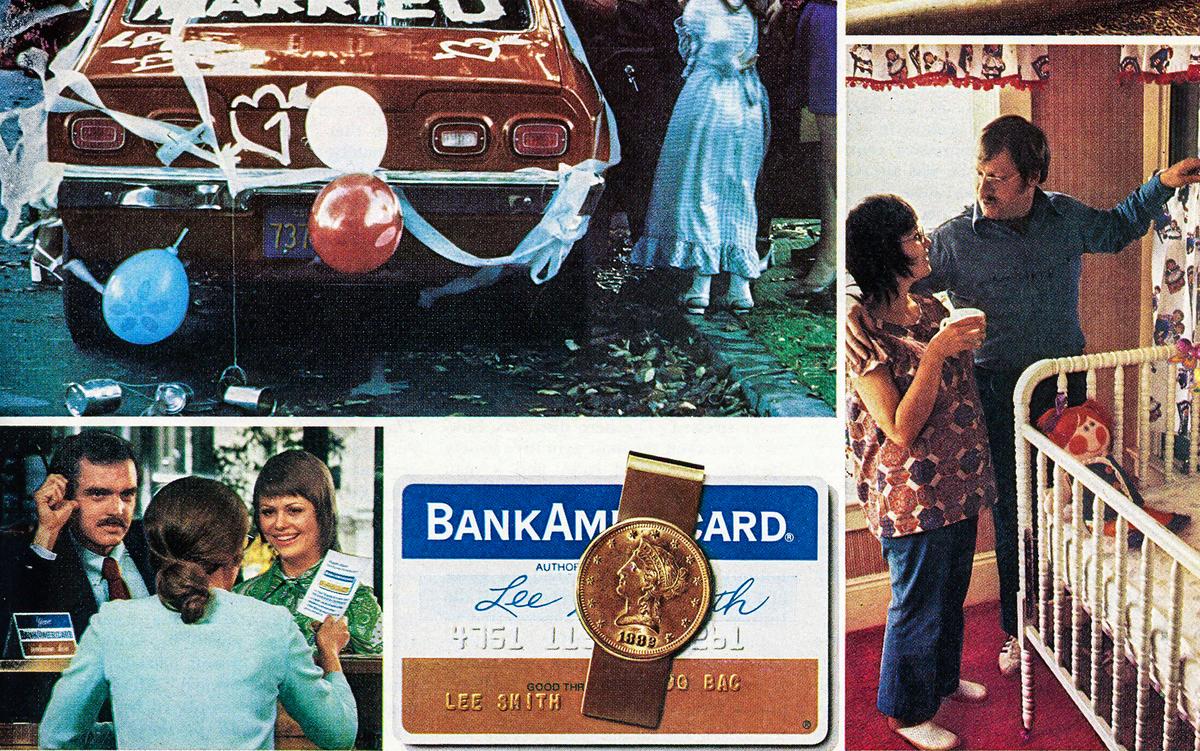Tikalon Blog by Dev Gualtieri
Left, the General Electric 225 mainframe computer on which BASIC was first deployed. Center, Thomas E. Kurtz (b. 1928). Right, John G. Kemeny (1926-1992). BASIC, an acronym for "Beginner's All-purpose Symbolic Instruction Code," was developed at Dartmouth College (Dartmouth, New Hampshire) by Kemeny and Kurtz. The development of BASIC began in 1963 with Kemeny's writing of a $300,000 proposal to the National Science Foundation for purchase of the General Electric 225 mainframe computer, and the subsequent development of a timesharing computer system for the Dartmouth campus. The GE 225 was soon replaced with a faster General Electric 235. BASIC was done with just 16k of 20 bit words. (Images from the Dartmouth College Flickr Website. Click for larger image.)
The start of the technical specification for the 6SN7 dual triode vacuum tube as it appears in the 1966 edition of the RCA Receiving Tube Manual. ENIAC used this common octal-base radio tube for its flip-flops, while other tube types were used in logic functions, and as line drivers for the long cable connections between rack assemblies. I'm old enough to have built circuits using this tube type, as scavenged from old television receivers. (Scan from my manual. Click for larger image.)












/cdn.vox-cdn.com/uploads/chorus_asset/file/24347781/STK095_Microsoft_03.jpg)








